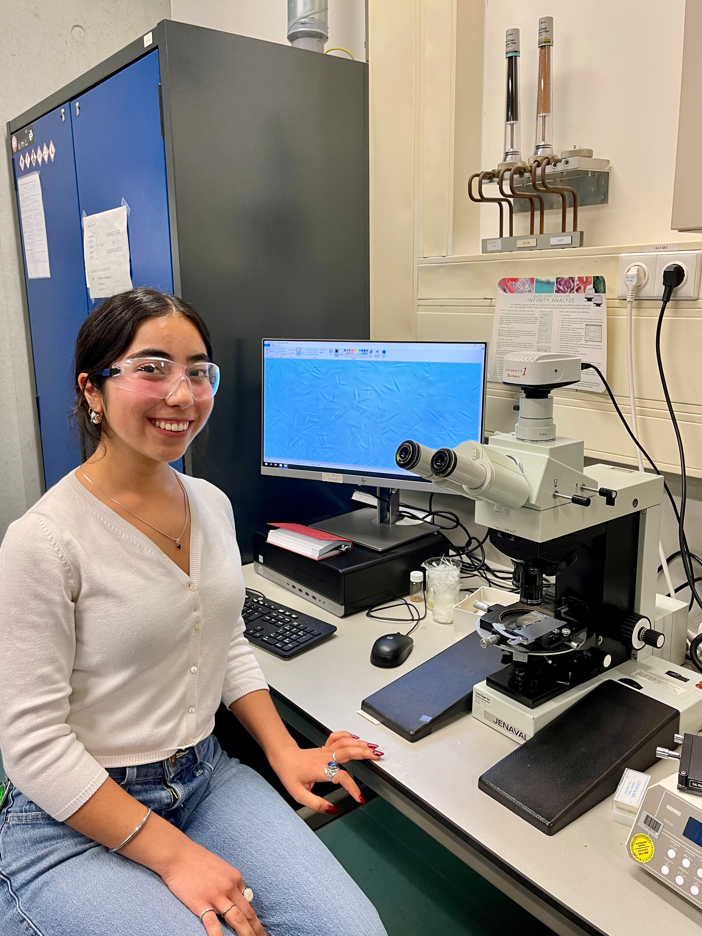
Supramolecular Ureidopyrimidinone polymers have been investigated for their potential to create functional biomaterials that mimic the functions of the extracellular matrix. Previous research has demonstrated the liquid-liquid phase separation of UPy polymers into tactoids, domains that can be modulated by tuning of environmental parameters such as salt concentration, pH, and crowder concentration. Conjugation of peptide sequences to UPy monomers creates a new avenue for cell interfacing, with the possibility for such polymers to act as cell scaffolds. Three novel peptide sequences, derived from proteins located in the extracellular matrix around neurons, were synthesized and coupled to UPy-COOH for creation of bioactive monomers. Tactoid solutions were created using varying ratios of UPy-Glycine and UPy-peptide monomers, along with varied UPy content in solution, pH, crowder concentration, salt concentration, and order of component addition. It was determined that phase separation of UPy-peptide samples is highly pH dependent and is optimized at the pKa of the peptide. Upon finalizing a procedure for tactoid sample preparation, tactoid viability was tested in three different phases: solution, hydrogel, and coating. Coatings exhibited highest tactoid retention and were tested in the presence of U2OS cells. Low cell count was observed in wells containing a tactoid coating, indicating either poor cell adhesion to tactoids or toxicity of the coating itself. Further studies seek to evaluate the toxicity of coating components to increase biocompatibility for future applications as a functional cell scaffold.